This refractometer is housed in a polybutylene terephthalate (PBT) plastic body for use with salty and acidic samples. Its ridged outer shell has a telescope-shaped, streamlined design, and a spoon-shaped tip for smooth sampling. The outer shell grip is ridged for gripping, and easy to clean, which reduces the possibility of food and sample entrapment, avoiding contamination and bacterial growth. The 2930 MASTER-BR features manual temperature compensation. Calibration can be controlled and adjusted with an exposed calibration screw and an included specialized screwdriver, although other items can be used to unscrew the unit. However, the unit retains its water-resistance. Ambient light illuminates the scale, and no additional power source is required. The analog salinity scale features a bright, high-contrast display for clear visibility of the boundary and memory lines intersection. Samples are viewed through a monocular, focusable, cushioned eyepiece. The unit includes a protective plastic storage case with a foam cut-out insert to cushion the instrument.
Specifications
Measurement scale ranges 0 to 70% (0 to -50 degrees C) EG; 0 to 70% (0 to -50 degrees C) PG Minimum detection scales 5% (5 degrees C) EG; 5% (5 degrees C) PG Sample volume 10μl or more Illumination Ambient light; unit requires no additional power source Dimensions 16.8 x 3.2 x 3.4cm (H x W x D) Weight 90g
H is height, the vertical distance from the lowest to highest point; W is width, the horizontal distance from left to right; D is depth, the horizontal distance from front to back.
Refractometers are used to determine substance content in a sample, to provide unit readings of substances including Brix, salinity, and alcohol; to detect chemical impurities, or to measure components of samples such as industrial fluid. Refractometers measure the refractive index of a substance, which is its optical characteristic, and the number of dissolved particles in it. The refractive index is the ratio of the speed of light in empty space to the speed of light in a substance; when light passes from one medium to another. Generally, a low concentration sample has a larger angle of refraction than a high concentration sample. For example, a straw placed in a high-concentration substance appears more bent than when placed in a low-concentration substance. Refractometers can work with natural light, or with an external power source such as batteries or electricity. They typically have either a digital or analog reading display, though some units utilize both types. Some analog-display refractometers can be used for both solids and liquids. Digital-display refractometers are used exclusively for liquids. Types of refractometers include handheld, benchtop, and in-process. Handheld refractometers are elongated and telescope-shaped, or shorter and rectangular. Analog handheld refractometer readings are obtained by looking through the monocular eyepiece and viewing where the boundary line intersects with the memory line. Digital handheld models provide a digital readout. Benchtop refractometers typically measure with a higher degree of accuracy than handheld units. In-process refractometers are used for continuous process monitoring and data readouts, and are generally fitted into a piping system for ongoing analysis. Refractometers are used in a wide variety of applications in the culinary, food and beverage, pharmaceutical, educational, geological, chemical, ecological, and automotive industries, and for water-testing applications.
Atago Co., Ltd. manufactures analytical instruments such as refractometers, polarimeters, and saccharimeters, as well as a variety of meters. The company, founded in 1940 and headquartered in Tokyo, offers products that comply with Hazard Analysis and Critical Control Points (HACCP), Good Manufacturing Practices (GMP), and Good Laboratory Practices (GLP) system standards, and many International Organization for Standardization (ISO) standards.

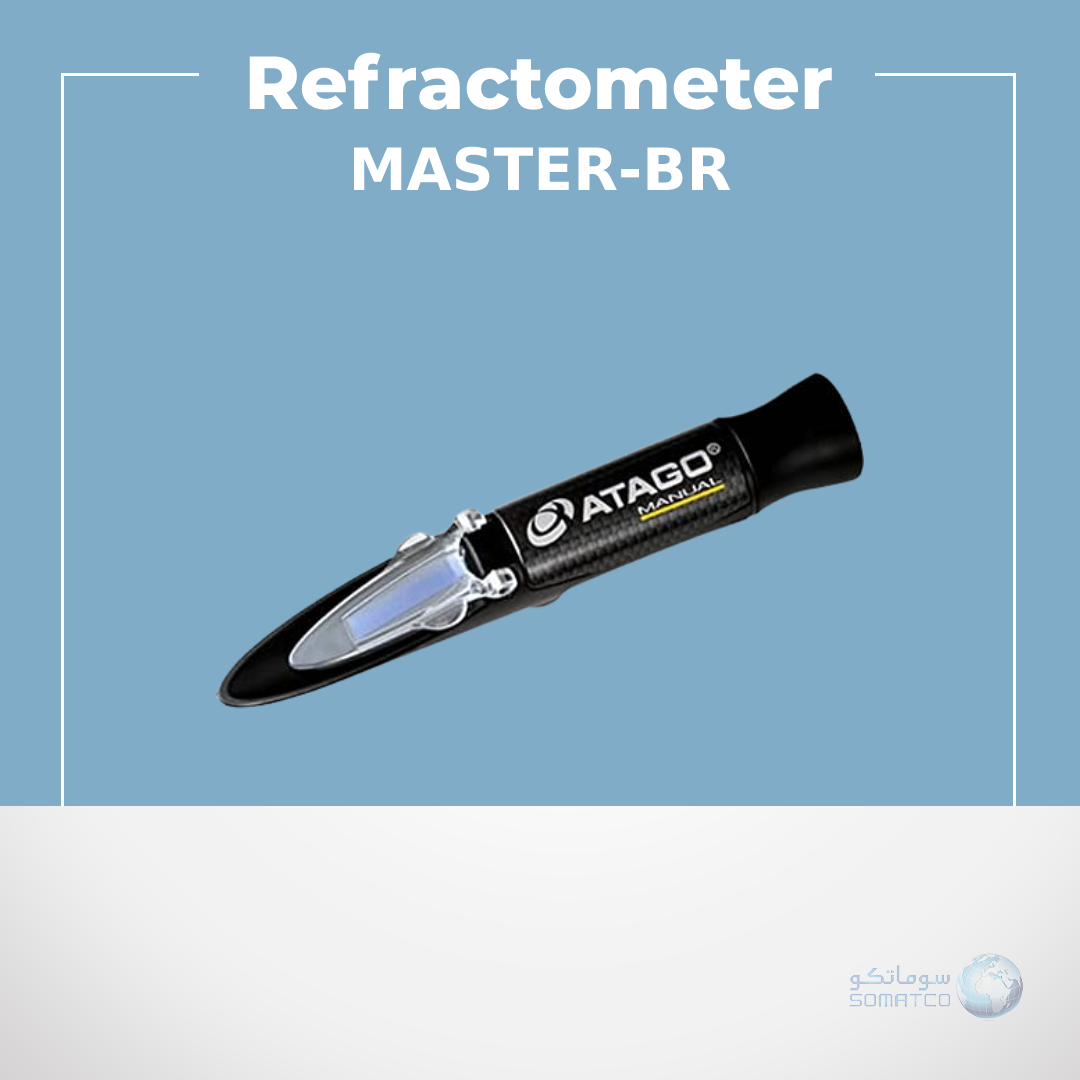


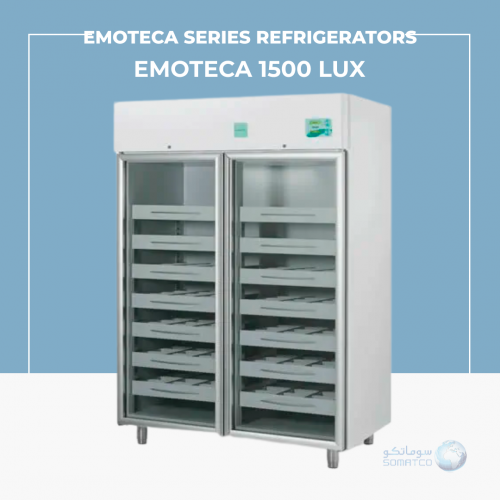

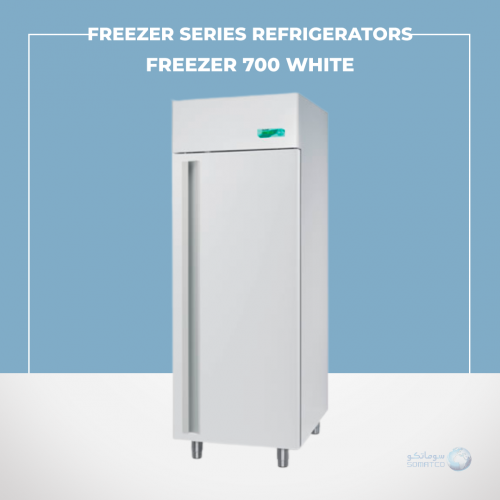
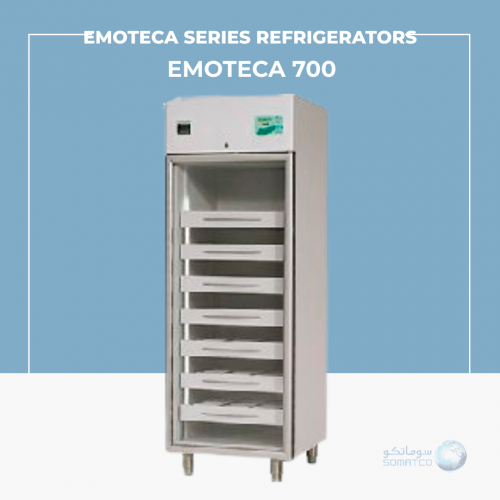
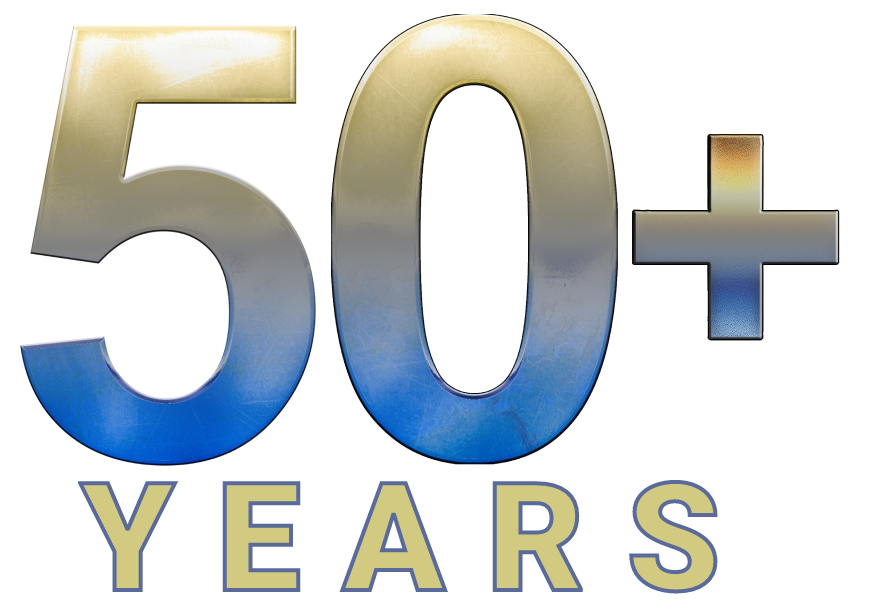
Reviews
There are no reviews yet.